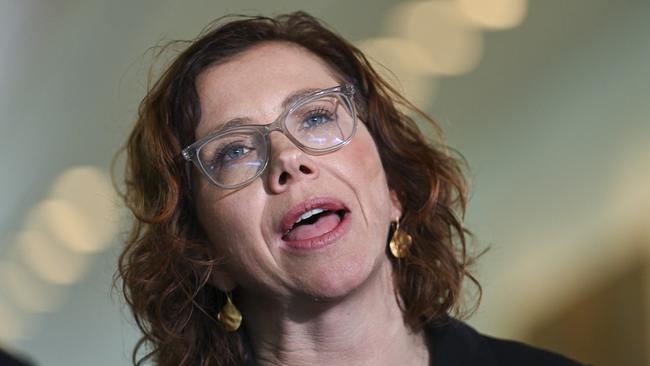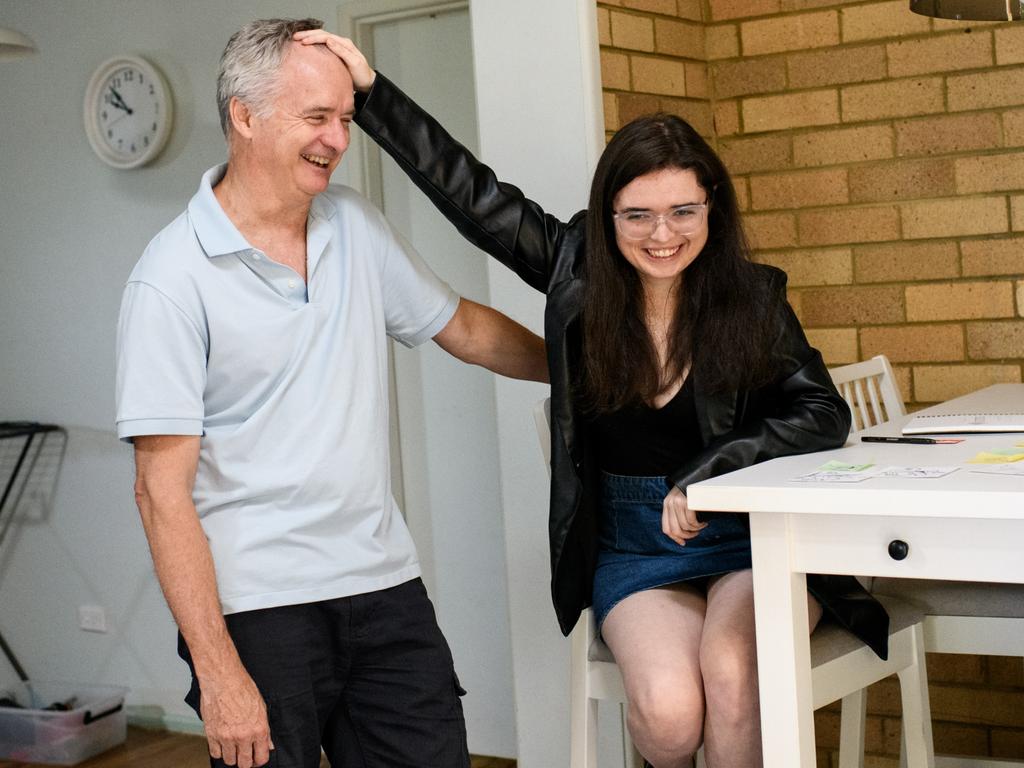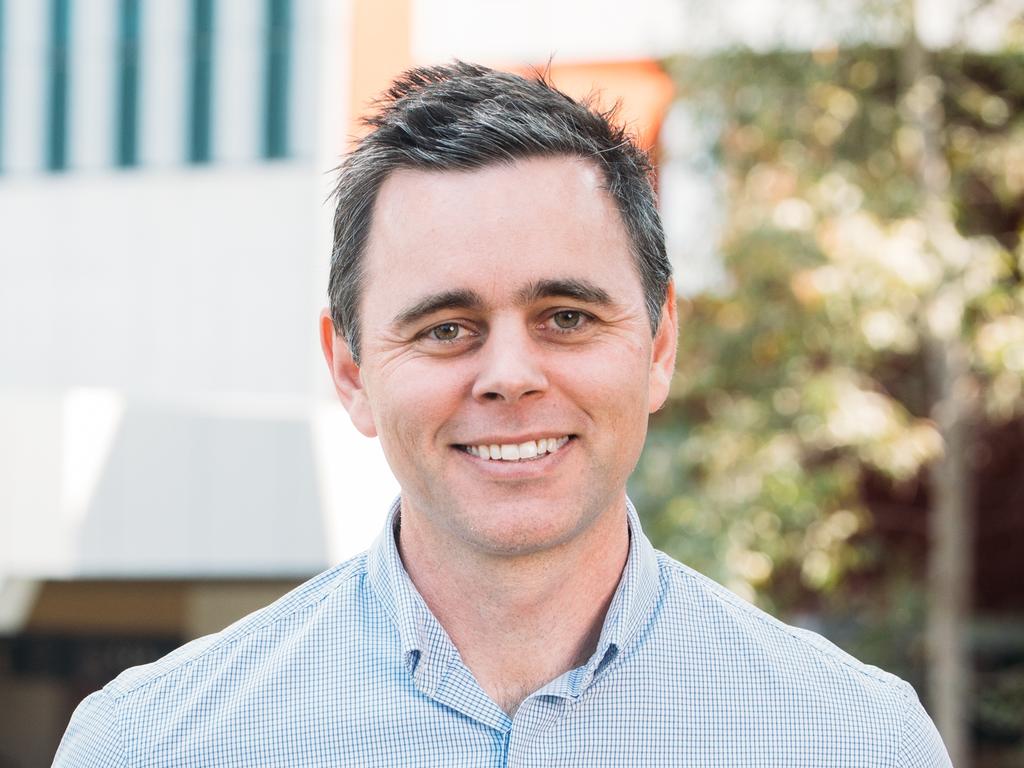Labor draft plan urges society to ‘embrace autism’
With autism prevalence rates increasing, the Albanese government has released a new draft plan designed to help hundreds of thousands of autistic Australians to ‘fully participate in all aspects of life’.

Employers will be incentivised to recruit autistic workers, companies pushed to include people with autism on boards and in senior management, and public spaces made sensory-friendly under a strategy unveiled by the Albanese government.
The draft national autism strategy also proposes changing attitudes in society by “increasing visibility and representation of autistic people in the media, sports and the arts”.
But the strategy, described as a “whole of life plan for all autistic Australians” with a focus on healthcare, education and employment, is light on specific new measures and doesn’t address the key issue of the fast-growing number of children with autism being added to the National Disability Insurance Scheme.
It comes amid new reports that autism prevalence rates in Australia may be as high as one in 40 people, significantly higher than the previous estimate of one in 70, meaning as many as 675,000 Australians are potentially on the autism spectrum.
Autism advocacy group Aspect said one in 40 was now a more realistic estimate for Australia given the latest prevalence data in developed countries.
“The increased prevalence rate does not necessarily indicate a rise in autism, but rather increased awareness and an enhancement in health professionals’ ability to recognise and diagnose,” Aspect CEO Jacqui Borland said.
“We have also seen a boost in diagnoses amongst previously under-recognised groups such as women and girls, along with older Australians aged 60-plus.”
The government’s new draft strategy says while more than 200,000 Australians have an autism diagnosis “the number … is likely to be substantially higher”.
“This can be for different reasons, for example historical approaches to diagnosis, cost or wait times to receive a diagnosis, or people may feel that diagnosis is not the right path for them,” it says.
The draft national autism strategy, a Labor election commitment, sets out a vision that “all autistic people are able to fully participate in all aspects of life”.
The government says most autistic Australians will never need the NDIS and the strategy is more closely linked to the 10-year disability strategy and its goal of a more inclusive society.
Autistic people have a life expectancy more than 20 years shorter than the general population and are nine times more likely to die of suicide, it says. They are also eight times more likely to be unemployed.
And 80 per cent of young people in education experience difficulty at their place of learning, the report says.
Social Services Minister Amanda Rishworth said the draft strategy was developed in partnership with the National Autism Strategy Oversight Council and with input from more than 2000 individuals and organisations. It is open for public consultation before being converted to a series of action plans.
“The … strategy is an important document that will guide our final phase of consultation and I’d encourage everyone who wants to have their say on this significant strategy to do so before the end of May,” Ms Rishworth said.

“As we finalise the strategy for release later this year, an action plan will accompany the final document, with specific commitments … to ensure we can build an inclusive society for all autistic people.”
The draft strategy canvasses 24 commitments from governments in areas such as social and economic inclusion, diagnosis and support. It commits to support autistic people to develop their own businesses or social enterprises and to “increase representation of autistic people in senior and board positions to promote people as visible role models”.
And it calls for more inclusive practices for autistic students in all education settings.
But on early screening and diagnosis, the draft strategy notes any future action will need to be considered in line with the government’s response to the NDIS review, which has not been finalised.
The report notes how critical early diagnosis is to the life course of people with autism: “Early identification and diagnosis leads to better education, social and economic outcomes for autistic people.
“It also leads to better mental health in adulthood, and less feelings of stigma and shame about being autistic. (And it) reduces the ongoing support required by school-age children, as well as lowering overall support costs for families and carers and the wider community.”
The final report of the NDIS review, presented to the government in December, concluded that to achieve sustainability the scheme had to return to providing support for the most profoundly disabled people.
It recommended that greater state and federal support be provided to disabled people outside the NDIS through so-called “foundational supports”, which could be provided in mainstream settings.
For children with lower levels of autism this would be in schools and childcare settings. Nine per cent of all children in Australia aged 5-7 are on the NDIS receiving individual supports, the majority with a diagnosis of autism.
Federal and state governments agreed in December on a new deal to provide foundational supports outside the NDIS, with the states receiving greater GST funding in consideration. But the states are now claiming their obligations under those arrangements are unclear, and they are not sure what the future cost will be.
Oversight Council co-chair Clare Gibellini said the draft autism strategy was “the first step in a longer journey towards better lives for autistic people”.
After public consultation, which runs to the end of May, the final strategy is expected to be released by the year’s end.








To join the conversation, please log in. Don't have an account? Register
Join the conversation, you are commenting as Logout